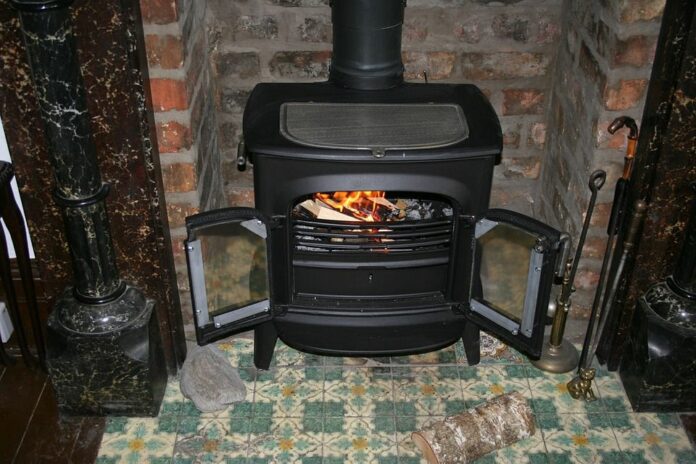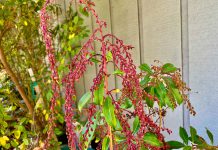Thousands of people live in a place called paradise – trees, great sense of community, etc. BUT we also live in a place where there’s a thing called “temperature inversion.” It’s all in the San Lorenzo Valley.
With those facts, and with an abundance of wood burning stoves as the only source of heat in many former “summer cabins,” the Valley is subjected to violating national air standards for particulate matter (i.e. black carbon emissions).
Most Valley residents recognize this concern and follow announced “spare the air” days to not burn wood – even in the winter when the problem is most severe. But, this “natural problem” continues to be a reality in the Valley with thousands of wood stoves, and we must continue to be forthright in our efforts to address it.
Here are a few actions my office has taken to make the future look “healthier” in the years ahead.
When I first took office in 2013, I urged the Monterey Bay Air Resources District (formerly the Monterey Bay Area Air Pollution Control District) – which was facing some tight budget constraints – to continue budgeting $75,000 annually for a “woodstove change-out” program in which residents replaced inefficient stoves with new, cleaner ones.
It was a huge commitment, but with thousands of wood stoves in SLV (the 2010 Census showed about 1,500 homes relied primarily on wood for heat) and a “credit program” between $1,000-$2,500 per change-out, the District only had funding for about 35-40 stoves each year. At that rate, it would take hundreds of years to address the overall need for change.
Two years ago, based on research by the Valley Women’s Club, we asked the California Public Utilities Commission (CPUC) to recognize a “rate base differential” between coastal Santa Cruz – which has a more temperate climate – and San Lorenzo Valley whose temperatures have a much larger temperature “swing.” Recognizing that difference would result in lower electricity rates for SLV residents and therefore reduce homeowners reliance on wood-burning stoves. Unfortunately, the CPUC is in the midst of a “rate-based” related lawsuit and isn’t expected to act on our proposal until sometime in 2018. We expect that it will be approved.
Thirdly, the California Legislature this year passed a “Woodsmoke Reduction Program” in Senate Bill 563 for the California Air Resources Board to promote voluntary replacement of old wood-burning stoves to achieve health and climate-related benefits. It’s on Gov. Brown’s desk now, and doesn’t include guaranteed funding for the program, but it opens the avenue to get financial assistance in the future.
For the Environmental Protection Agency to become engaged in policing this health-related issue, an area would have to violate national air standards for particulate matter for at least seven days a year, three years in a row. With our heavy storms last year, the Valley was below those standards. And, it may be somewhat comforting to know that EPA enforcement wouldn’t include agents coming in a tearing out your stove. Rather, the EPA would write a ticket for a residence burning on a “spare the air day” and ultimately issuing a monetary fine.
Normally, the highest number of air quality “exceedences” occurs at the Cal Fire station in Felton; San Lorenzo Valley Middle School is the site of the permanent EPA station where air standards are measured to determine whether acceptable air quality has been violated.
We all know San Lorenzo Valley is a special place to live, but because of the geography and weather changes in the area, we need to continue our efforts to improve – and comply with – air quality standards to make it that “special place” for healthy living in the future.













